If you're looking to add a little something extra to your favourite recipes, oregano seasoning is a great option. This versatile herb can be used in a variety of dishes, from pizzas and pastas to soups and baked goods.
Oregano has a strong, pungent flavour that pairs well with other bold seasonings. When using it in cooking, be sure to add it early on so that the flavours have time to meld together. A little goes a long way, so start with a small amount and then adjust to taste.
Whether you're whipping up a quick weeknight meal or preparing for a dinner party, oregano seasoning is a great way to add some flavour to your dish!
Table of Contents
What is Oregano?
Oregano is a flowering plant that comes from the Mediterranean but is now grown all over the Northern Hemisphere. A plant of oregano can grow up to 3 feet tall, and its leaves can be as small as a pinhead or as long as an inch. Oregano has been used as a herbal medicine in many places in the Mediterranean to reduce swelling and fight bacteria. In Greek, the name of this plant means "joy of heart."
Oregano, which is also called wild marjoram, was first used in Mediterranean food. It is now used in a number of Turkish and Mexican dishes as well. It smells and tastes strong and pungent, so it should be added carefully. The herb is used in cooking both when it is fresh and when it is dry.
How does Oregano look?
Oregano leaves are about the same size and colour as mint leaves. In fact, oregano is a member of the mint family. The flat, oval, green leaves of oregano tend to be a little fuzzy. Oregano and marjoram are also often mixed up because they look very similar, but their tastes are not exactly the same.
How does Oregano taste?
The taste and smell of oregano are very strong and unique. The fresh leaves have a peppery taste and can even be a little bit sharp or bitter in a good way. This is especially true of oregano that is bigger and older. The strong smell of oregano makes the taste experience even stronger. Oregano's hint of sweetness is often used to balance out a dish that is too acidic or salty. It is often used in Mediterranean cooking, especially in Italian and Greek food. It is also popular in Mexican, Argentinian, and Turkish cooking.
Dried Vs fresh Oregano:
Oregano can be bought dried or fresh. The different kinds are usually called for in recipes based on when the spices are added. For a more consistent flavour, dried oregano is usually added earlier in the cooking process, while fresh oregano is usually used as a garnish or added at the very end. When fresh oregano is cooked, the taste becomes more earthy and less sharp.
How to make Oregano seasoning at home?
If you like a little oregano on your food, why not start making it at home in the amounts you need instead of buying it every time?
- Oregano seasoning is easy to make at home, and you only need a few things.
- 1 tsp – Dried oregano
- 1 tsp – Dried basil
- 1 tbsp – Salt
- 1 tsp – Chilli flakes
- 1 tsp – Crushed black pepper
- 2 tsp – Crispy garlic
- Put the ingredients in a bowl and mix them well. Your seasoning with oregano is now ready.
- Not only is it cheaper to make oregano seasoning at home, but it can also be kept for a long time in an airtight container.
Health benefits of Oregano:
The herb is endowed with several medicinal properties, the most prominent among them being its applications as an alexipharmic, appetiser and laxative. It is used in ayurveda to treat colds, influenza mild fevers, vomiting, diarrhoea, jaundice, itchy skin, indigestion, stomachs upsets and painful menstruation conditions, reflecting anti-microbial (anti-bacterial) properties, strongly anti-septic, antispasmodic, carminative, cholagogue , diaphoretic (sweet production), expectorant, stimulant and mild tonic properties. It is also believed to calm nerves and is used to cure seasickness.
Oregano tea is a strong sedative and traditionally used to treat colds, bronchitis, asthma, fevers, and painful menstruation because of its antiseptic properties. Oregano can also be used as an antidote for venomous bites from snakes and insects. It is also used to treat skin disorders. Rosmarinic acid reduces fluid build-up and even swelling and inflammation during an allergy attack, making it a natural and effective histamine reducing compound.
This spice can be used on meat and fish dishes as it resembles thyme in flavour and aroma. Oregano can be used in a number of recipes like pizza, soups, pasta, syrups, salad, dressings, cheese mixtures, seafood, omelettes, sausages, ice cream, custards and all sorts of tomato based dishes and different Italian sauces. Fresh and dried oregano leaves have volatile oils possesses carminative, stomachic, diuretic, diaphoretic, antibacterial, antioxidant and anti-microbial properties and are shown to inhibit stubborn bacteria like pseudomonas aeruginosa and staphylococcus aureus. The phytonutrients, thymol, carvacrol and rosmarinic acid, present in oregano leaves acts like a strong antioxidant that fights free radicals in the body.


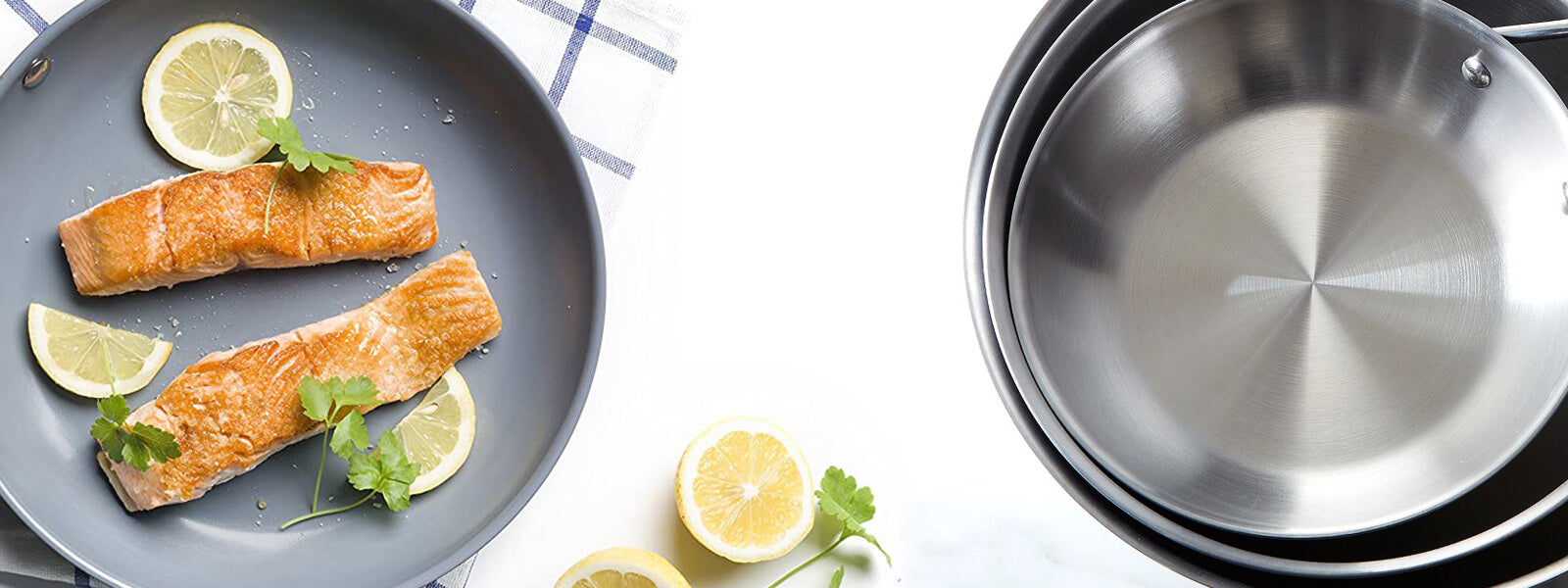
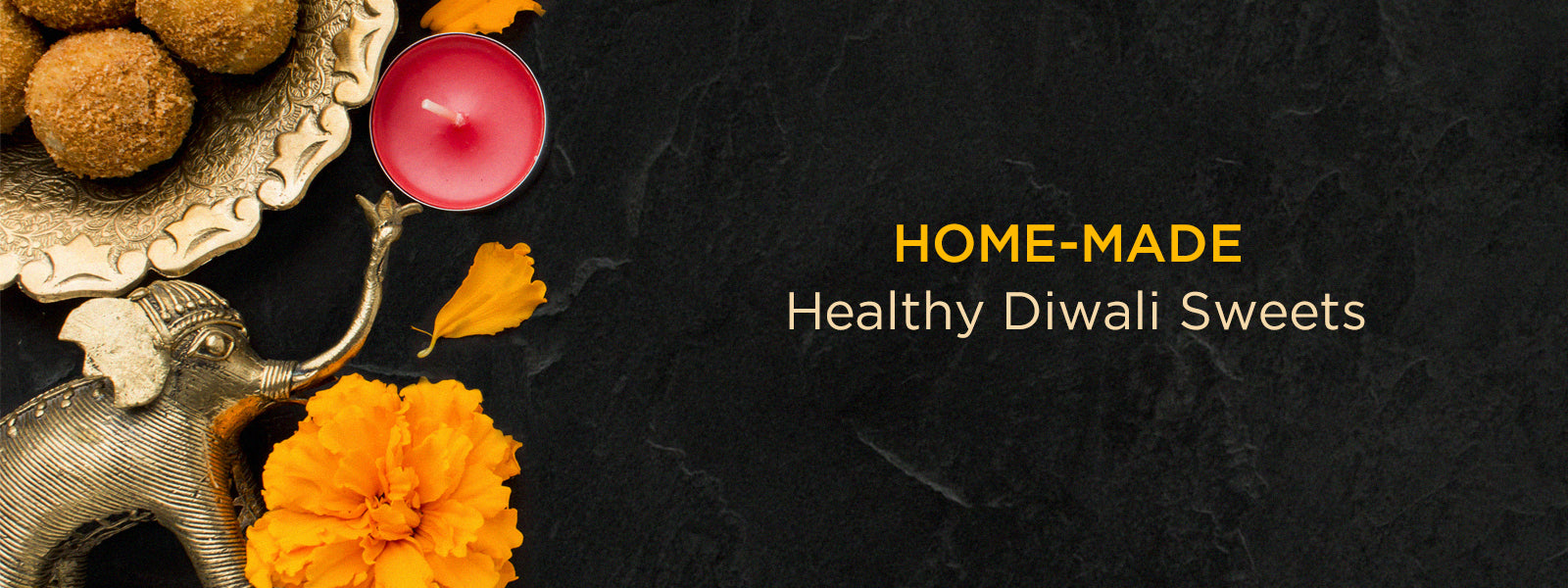
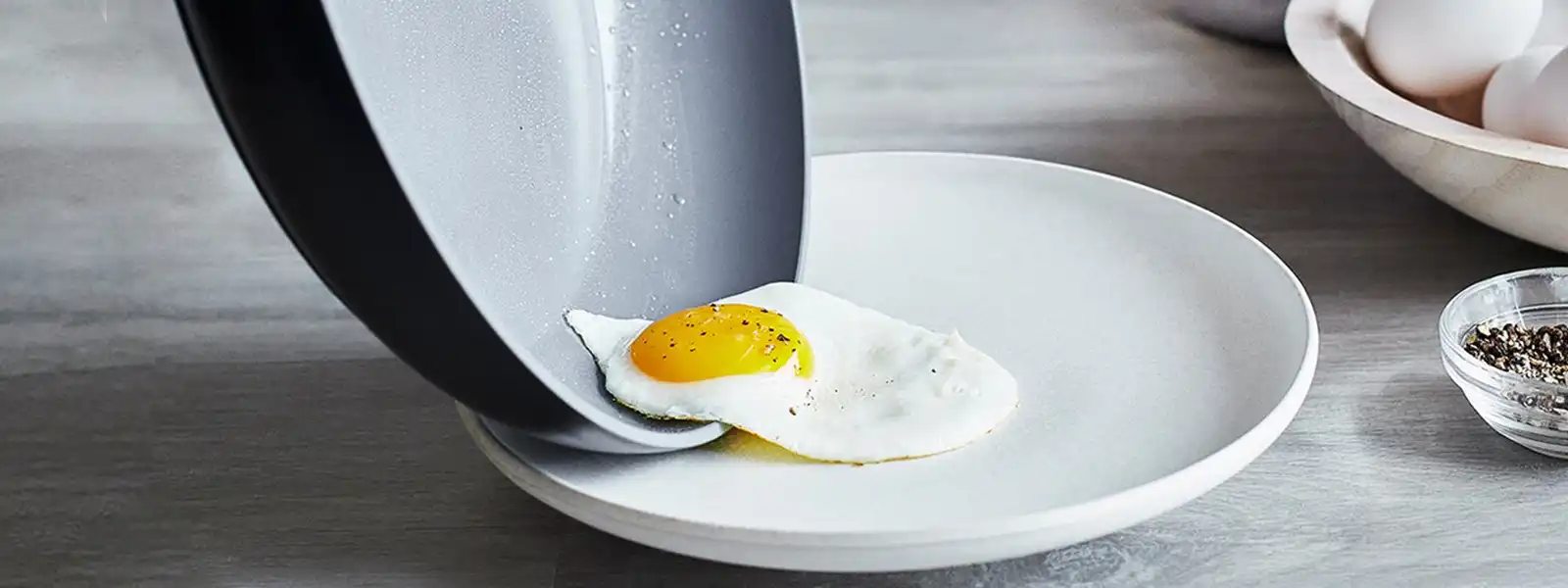
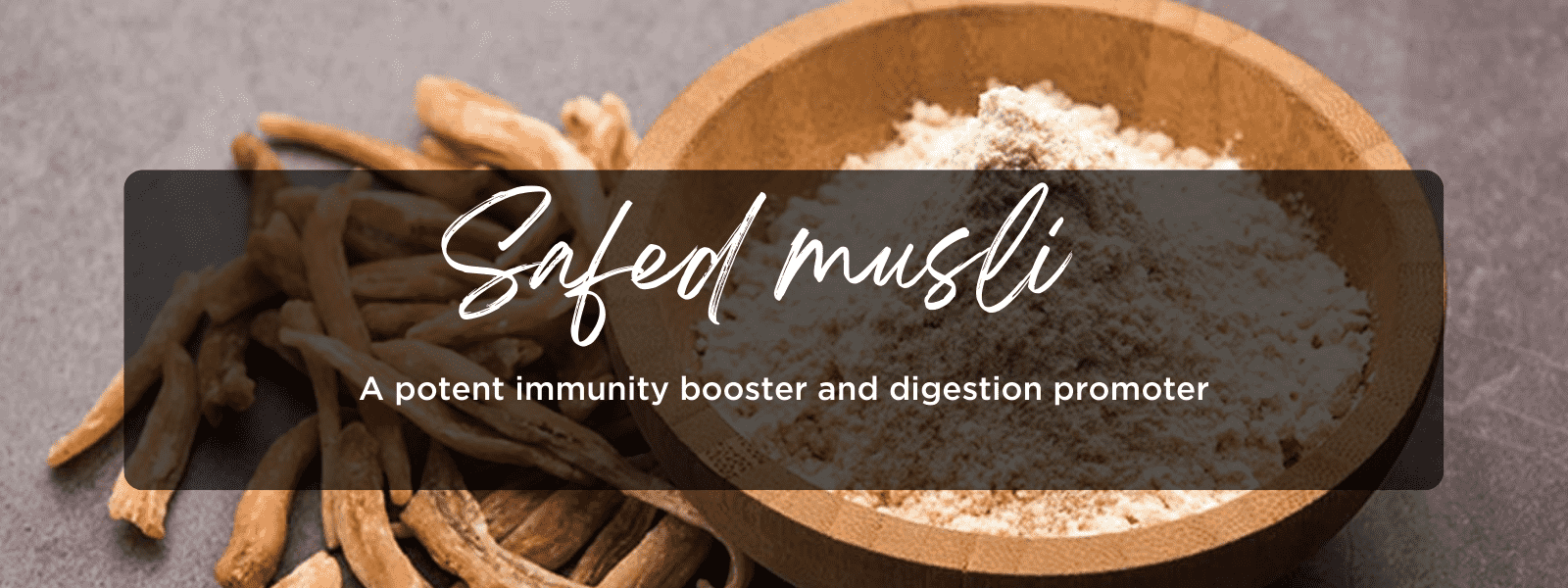
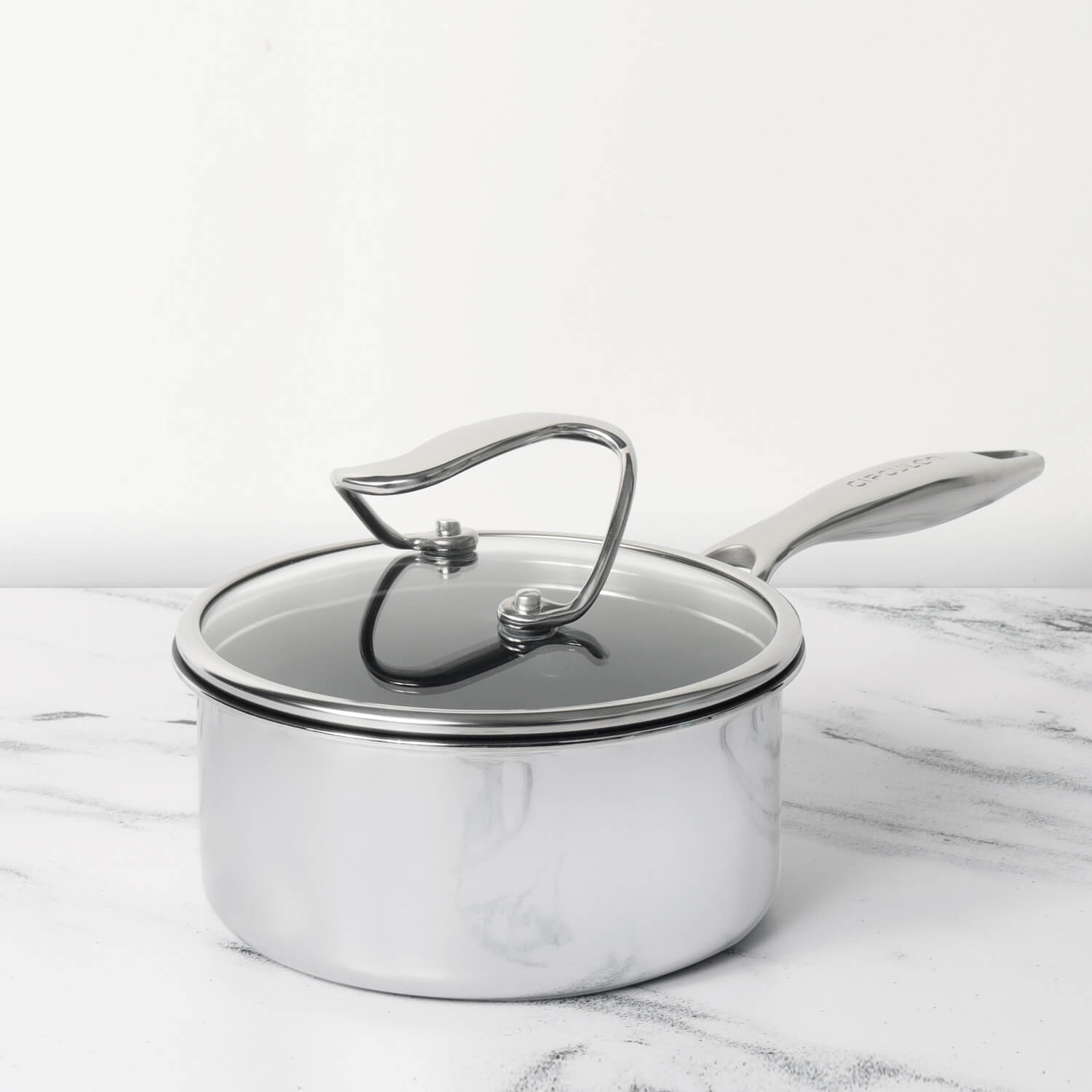
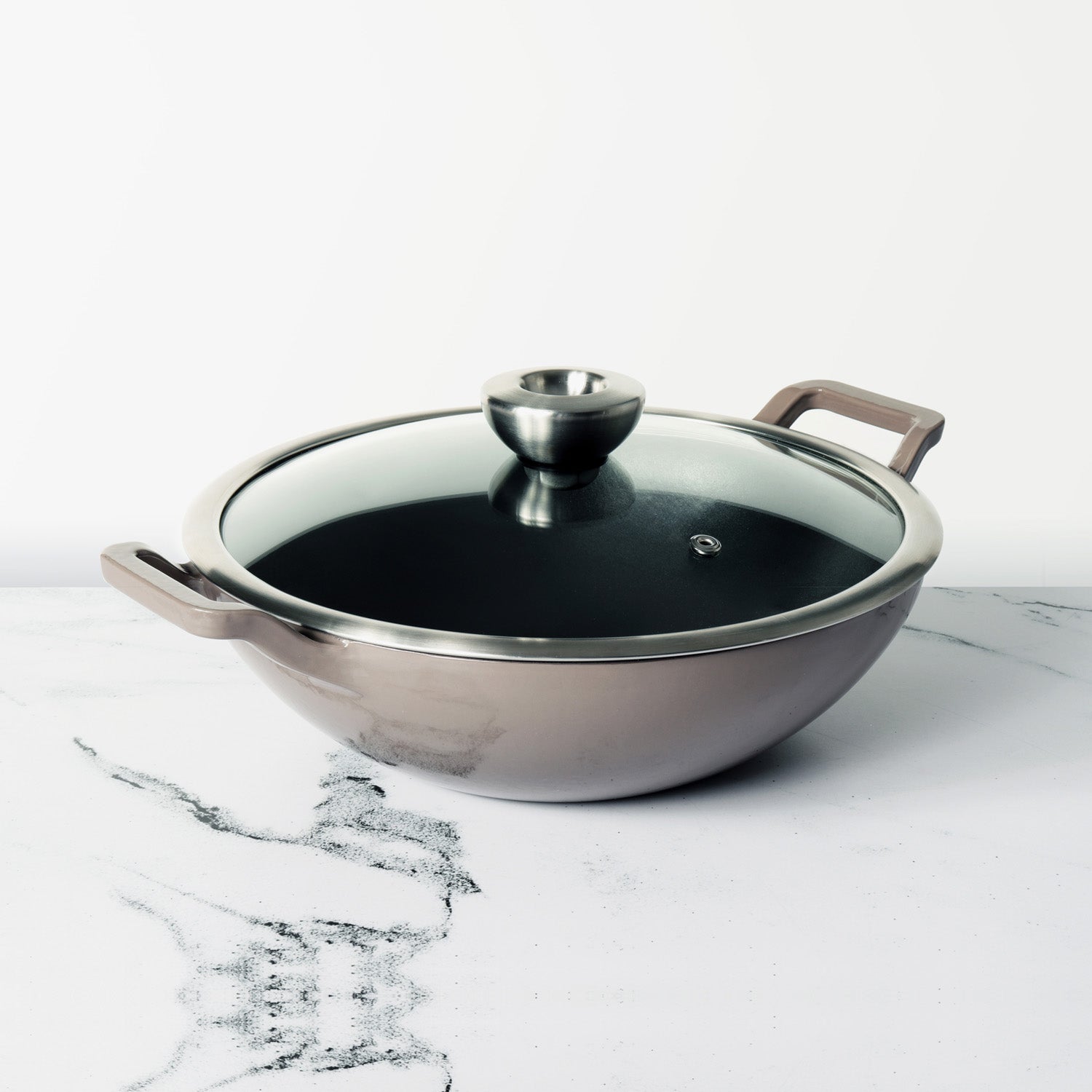




Leave a comment